You can contact LEARNZ, part of CORE Education, at:
Postal Address:
PO Box 13 678,
Christchurch 8141,
New Zealand
People need to plan and prepare for natural disasters to reduce risk to themselves, their family and their property.
Develop a household emergency plan, which includes:
If you want to keep your emergency survival kit items in the house for everyday use, make sure you know where to find them when an emergency occurs. Your kit should contain: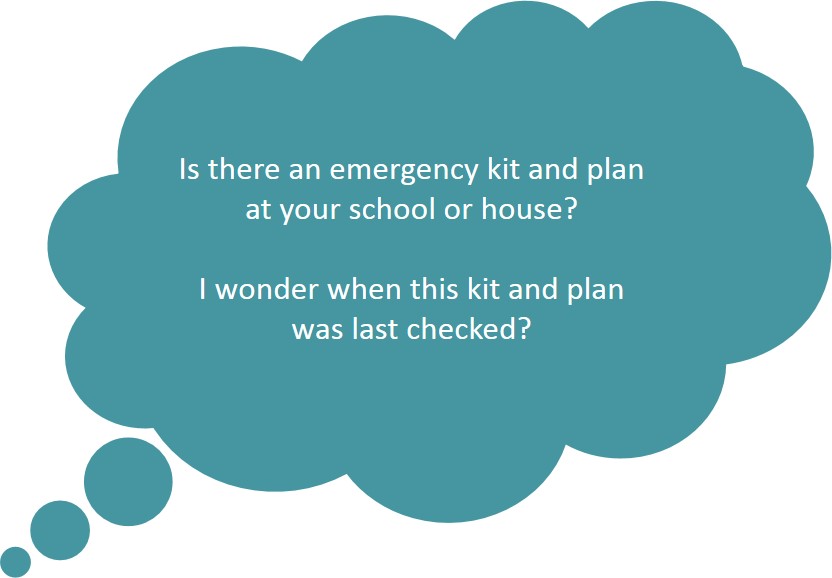
You should have a complete first aid kit available in your home.
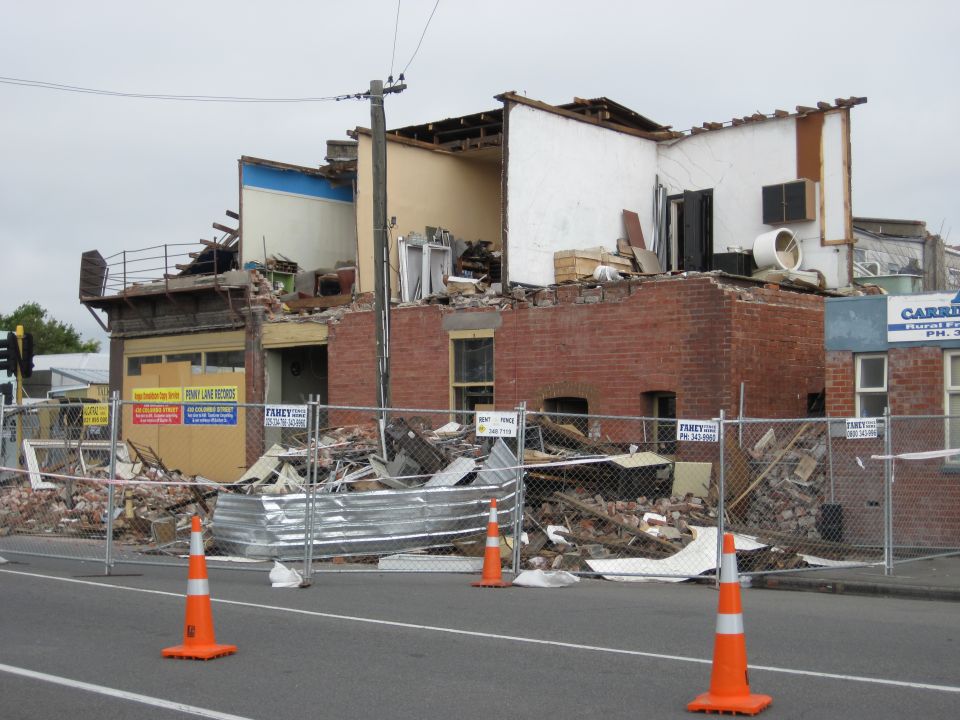
,Would you know what to do if there was an earthquake? Make sure you have a plan and are prepared. Image: LEARNZ.
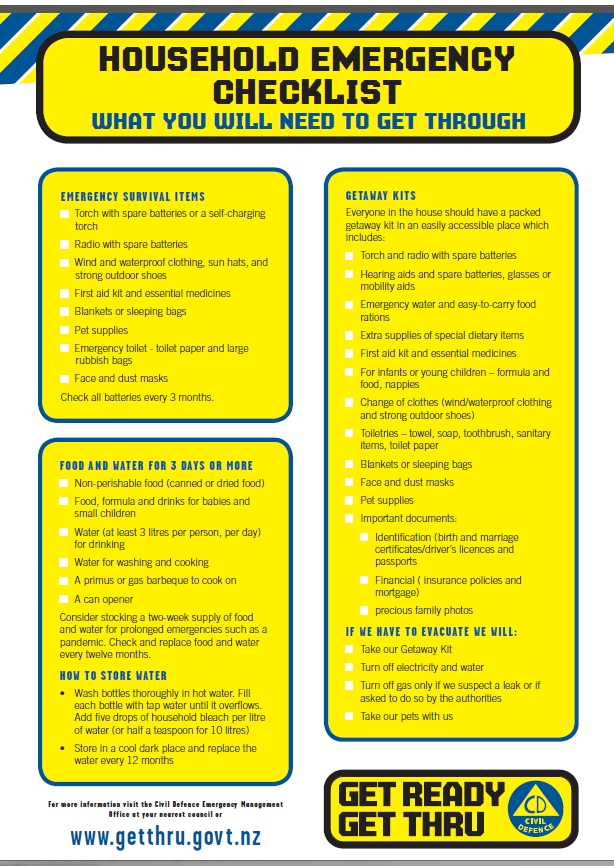
,Use a checklist to make sure you have all that you need in your emergency survival kit. Image: Civil Defence.
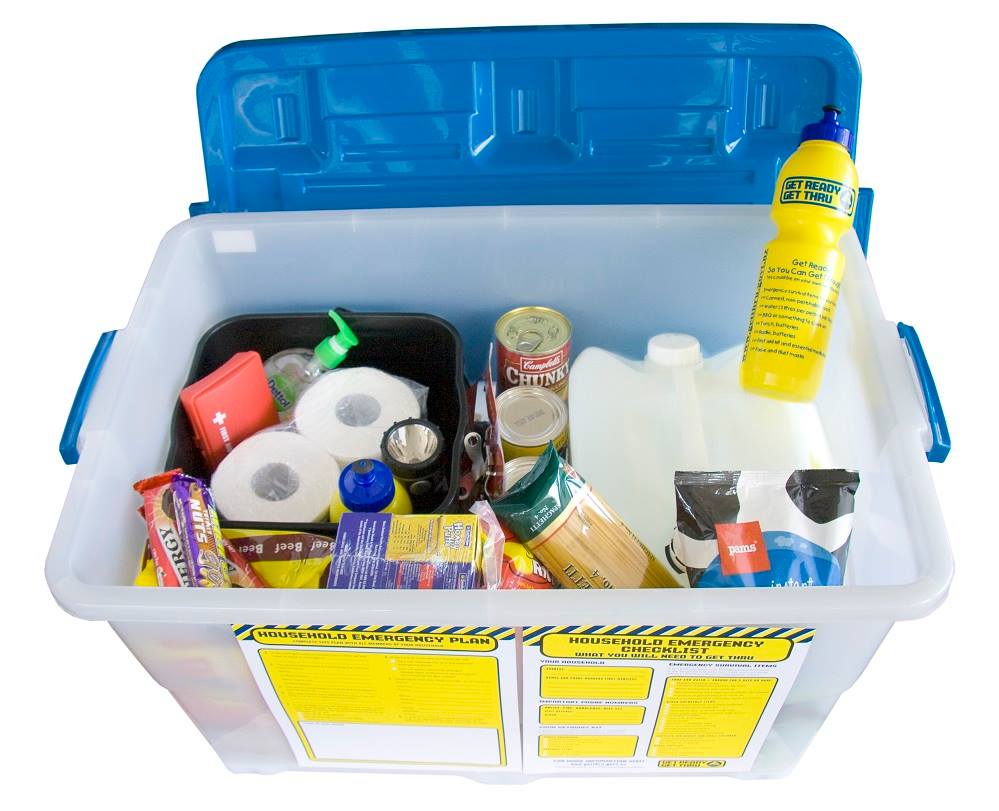
,Do you know where the emergency supplies are at your place? Image: Civil Defence.
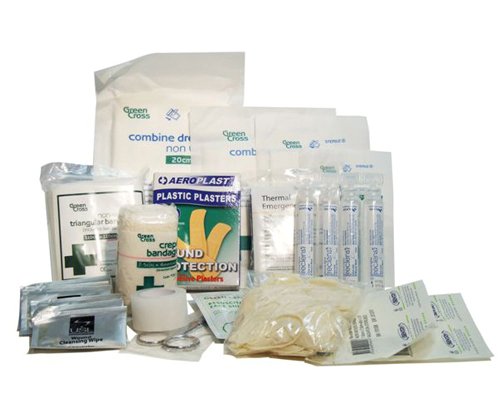
Make sure you have a complete first aid kit available in your home. Image: St John.
Organise your own emergency plan and survival kit.